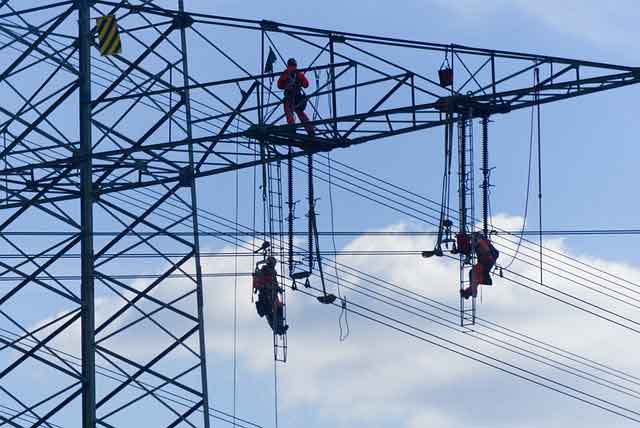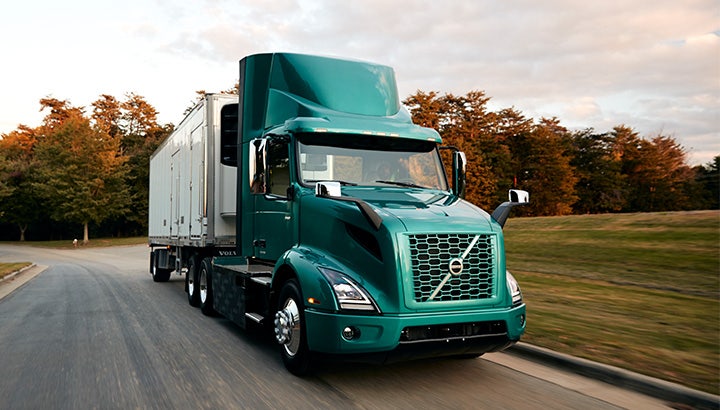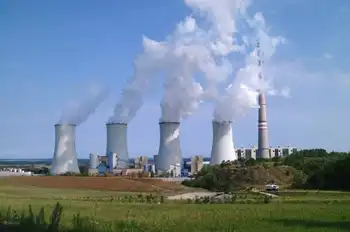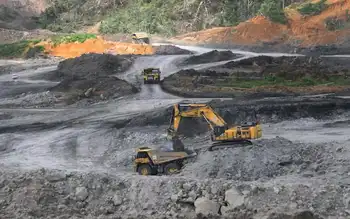Coal plants checked by enviro campaigns, costs
The fuel literally spills from the ground where streambanks cut into the earth, hinting at reserves estimated at 180 billion tons. But even here lawsuits over global warming and the changing political landscape in Washington are pummeling an industry that has long been the backbone of America's power supply.
In recent weeks, a group of rural Montana electric co-ops abandoned a partially built 250-megawatt coal plant, ending a four-year legal campaign by environmentalists to stop the project. The co-ops plan to instead get their electricity from a natural gas plant — more expensive for customers but also more likely to get built.
A few miles away, the U.S. Air Force dropped plans for a major coal-to-jet fuel plant once touted as the harbinger of a new market for coal. There are no signs it will be revived.
Other plants are moving forward in Montana and at least a dozen other states, but the exodus from coal has hit every corner of the country. On Thursday, two more were shelved — plants in Iowa and Nevada that would have generated enough power for 1.6 million homes.
In Nevada, LS Power said it was postponing a 1,600 megawatt coal plant and will instead focus on tapping the state's geothermal, wind and solar potential. Iowa's Interstate Power and Light dropped a 630 megawatt plant as it pursues a 200 megawatt wind farm.
"In the last year the world has changed 180 degrees," said Bruce Nilles, director of the Sierra Club's "Beyond Coal" campaign.
In 2007, the Department of Energy forecast 151 plants would be built in coming years. The agency's latest forecast put the figure at 95.
Soon after the Energy Department released its forecast two years ago, the Kansas Department of Health and Environment became the first agency in the country to reject a permit for a coal-fired power plant, citing carbon dioxide emissions.
Kansas acted six months after the Supreme court ruled that carbon dioxide and other greenhouse gasses were pollutants that should fall under the purview of the Clean Air Act.
Driven by the change at the White House, the political landscape for coal is fast shifting. President Barack Obama — once a reliable supporter of the industry — on Feb. 17 signed an economic stimulus package with $16.8 billion for renewable energy and efficiency programs.
The coal industry was left with just $3.4 billion. Congress had earlier removed $50 billion in loan guarantees for coal-to-liquids plants and the nuclear industry.
Last year, only five new coal plants totaling about 1,400 megawatts came on line. Meanwhile, the wind energy sector added a record 8,300 megawatts.
Yet any proclamation of coal's demise would be premature.
Coal companies are scrambling after federal subsidies for cleaner-coal technologies — hoping to at least soften the beating they have taken over climate change.
And after spending an estimated $40 million during the 2008 election on a pro-coal public relations campaign, a consortium of companies that dig, ship and burn the fossil fuel may match that spending this year.
"We see this as an ongoing effort," said Joe Lucas, who has led the industry's public relations campaign as vice president for the American Coalition for Clean Coal Electricity.
"When we talk about plugging in (electric) cars, we're going to create new demand in this country and that demand is going to be met in large part like it is today, by fuels like coal."
Environmental groups tally more than 90 plants canceled or delayed since 2002. The Sierra Club and others have vowed to challenge plants at every turn — in the courts, in state houses and through the regulatory process.
Also tripping up the industry's expansion efforts have been soaring construction costs. The price-tag on Montana's 250-megawatt Highwood plant doubled over the last several years to more than $900 million. The project was dropped in February.
Construction had already begun, but the project's developers had run into trouble raising enough money to see it through to completion. Montana Gov. Brian Schweitzer, a proponent of coal power, said the cancellation underscored that coal plant financing will no longer be provided to plants that do not have a way to capture the carbon dioxide they produce.
"Throw a dart at a map and you're going to hit within a hundred miles of where somebody two years ago thought they were going to build a pulverized coal plant with no carbon dioxide capture," Schweitzer said. "In every single case, they've either announced their going to stop it or they're one press release away from it."
The two dozen plants canceled last year would have emitted an estimated 82 million tons of carbon dioxide annually — equivalent to more than 50 million cars and trucks.
But Lucas and other point out that despite the setbacks, the coal-fired power industry continues to enjoy its largest expansion in three decades. The Department of Energy tallies 28 plants now under construction.
They will join an estimated 600 coal plants that currently provide about half of the nation's electricity. The rest comes from a mix of natural gas, fuel oil and renewables such as wind and geothermal.
The Sierra Club's Nilles acknowledged his group's anti-coal campaign has so far made little headway with existing coal plants. Those plants produce about 2 billion tons annually of the greenhouse gas carbon dioxide — roughly a third of the United States' total global warming emissions.
NASA global warming scientist Jim Hansen, one of the coal industry's most ardent critics, has said existing plants need to be phased out by 2030 to curb the effects of climate change.
Hansen wrote in an e-mail to The Associated Press that the industry's only hope of avoiding such a fate is to come up with a way to capture and store underground the carbon dioxide they produce. Only a few such projects have been built to date, all of them hugely expensive.
"It is the only hope for coal, and it is a pretty slender thread to be hanging by," Hansen wrote. "Coal is exceedingly dirty stuff. The best place for it is in the ground."
Related News
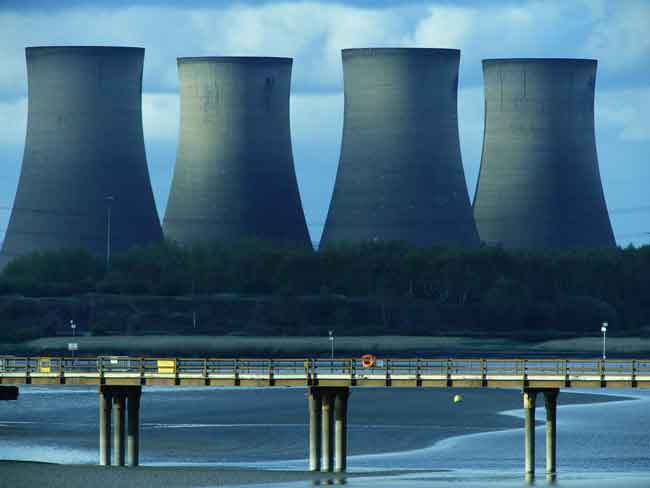
Why Atomic Energy Is Heating Up Again
ONTARIO - In recent years, nuclear power has experienced a remarkable revival in public interest, policy discussions, and energy investment. Once overshadowed by controversies surrounding safety, waste management, and high costs, nuclear energy is now being reexamined as a vital component of the global energy transition. Here's why nuclear power is "so hot" right now:
1. Climate Change Urgency
One of the most compelling reasons for the renewed interest in nuclear energy is the urgent need to address climate change. Unlike fossil fuels, nuclear power generates electricity with zero greenhouse gas emissions during operation. As countries rush to meet net-zero…


